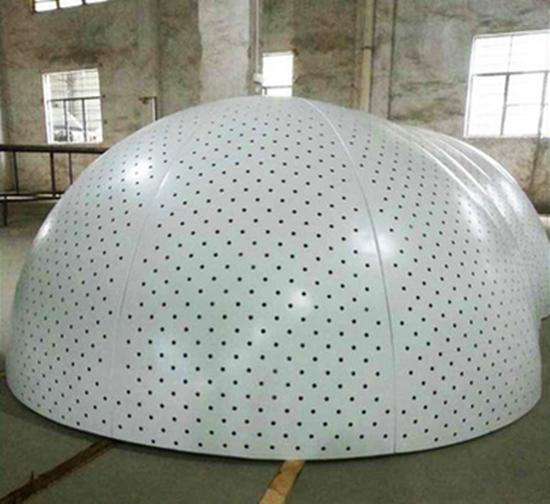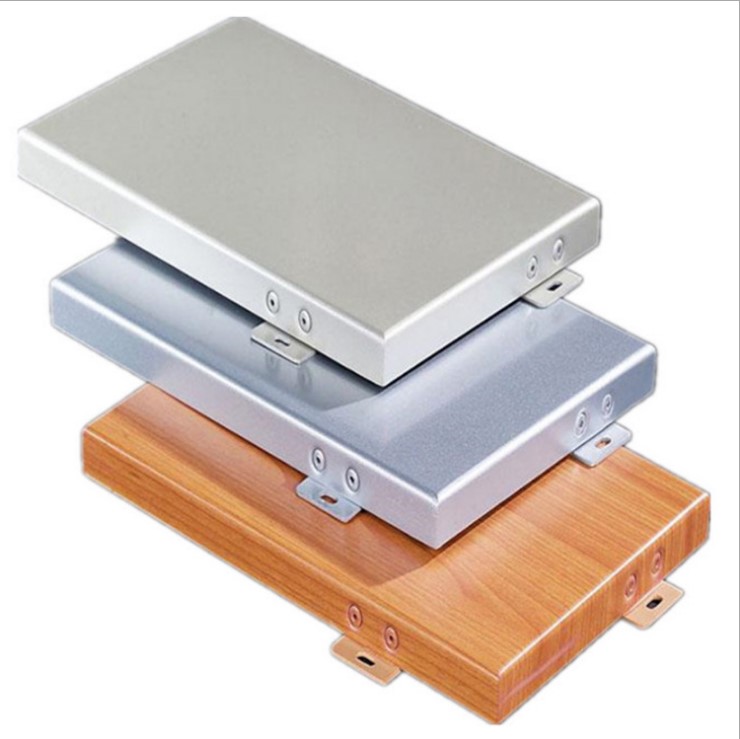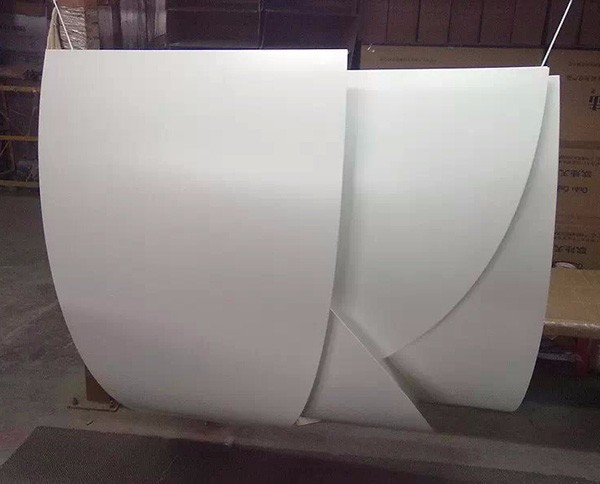Industry information
Company News
- Aluminum veneer customization, creating a new trend of personalized space
- Punched aluminum veneer: the fashionable choice for modern architecture?
- Aluminum veneer curtain wall: the fashionable coat of modern architecture
- Aluminum veneer curtain wall, a new chapter in the beauty of architecture
- Aluminum veneer: the fashionable choice of modern architecture, revealing its charm!
Industry dynamics
- Market prospects and development trends of curved wall aluminum veneer
- Aluminum veneer injects high-end and fashionable elements into buildings
- Fluorocarbon aluminum veneer: the fashionable choice for modern architecture?
- Fluorocarbon aluminum veneer: the fashionable new favorite of modern architecture
- Aluminum veneer, creating a fashionable "coat" for modern architecture
Frequently asked questions
- What are the maintenance methods for aluminum veneer?
- Can aluminum veneer be used for building canopy design?
- How sustainable is aluminum veneer?
- Can aluminum veneer be applied to the exterior design of sports buildings?
- Is the use of aluminum veneer limited by geographical environment?
contact us
Mobile:+86 15627778610
Email: 2201229786
Address: No. 5 Binjiang Road, High tech Zone, Zhaoqing City, Guangdong Province
What is the electromagnetic shielding performance of fluorocarbon aluminum veneer?
- Author: Xinlongtai Aluminum Industry (Guangdong) Co., Ltd
- Release time: February 28, 2025 20:36:49
- Click:0

FluorocarbonAluminum veneerIt is a building material widely used in fields such as architecture, billboards, curtain walls, etc. In addition to its excellent weather resistance, corrosion resistance, and decorative properties, fluorocarbon aluminum veneer also has good electromagnetic shielding performance. The following will provide a detailed introduction to the electromagnetic shielding performance and influencing factors of fluorocarbon aluminum veneer.
1. Definition of electromagnetic shielding performance
Electromagnetic shielding performance refers to the ability of materials to absorb and reflect electromagnetic waves. In architecture, electromagnetic shielding performance is commonly used to evaluate the signal protection capability and safety of materials.
1. Electromagnetic shielding performance of fluorocarbon aluminum veneer
The electromagnetic shielding performance of fluorocarbon aluminum veneer is related to factors such as its material and production process. High quality fluorocarbon aluminum veneer is usually made of high-strength aluminum alloy material, which is precision processed and treated to form a hard oxide film on its surface, thereby improving its hardness and wear resistance. Fluorocarbon aluminum veneer also has good electrical conductivity and magnetic permeability, which can effectively absorb and reflect electromagnetic waves.
It should be noted that the electromagnetic shielding performance of fluorocarbon aluminum veneer is not absolute, and its performance is affected by various factors such as material quality, usage environment, thickness, etc. When using fluorocarbon aluminum veneer, it is necessary to choose and design according to the specific situation, and follow the manufacturer's instructions and maintenance suggestions to ensure the service life and stable performance of fluorocarbon aluminum veneer.
Fluorocarbon aluminum veneer has good electromagnetic shielding performance, which can effectively protect the safety of electronic equipment and communication systems. However, the specific electromagnetic shielding capability still needs to be evaluated and determined based on factors such as material characteristics and production processes. Consumers should choose fluorocarbon aluminum veneer products that meet the standards and follow the manufacturer's instructions and maintenance recommendations to ensure the service life and stable performance of fluorocarbon aluminum veneer. Attention should also be paid to the characteristics of materials and structural limitations during design and installation to ensure that the construction effect meets the requirements.







 Customer service QQ
Customer service QQ